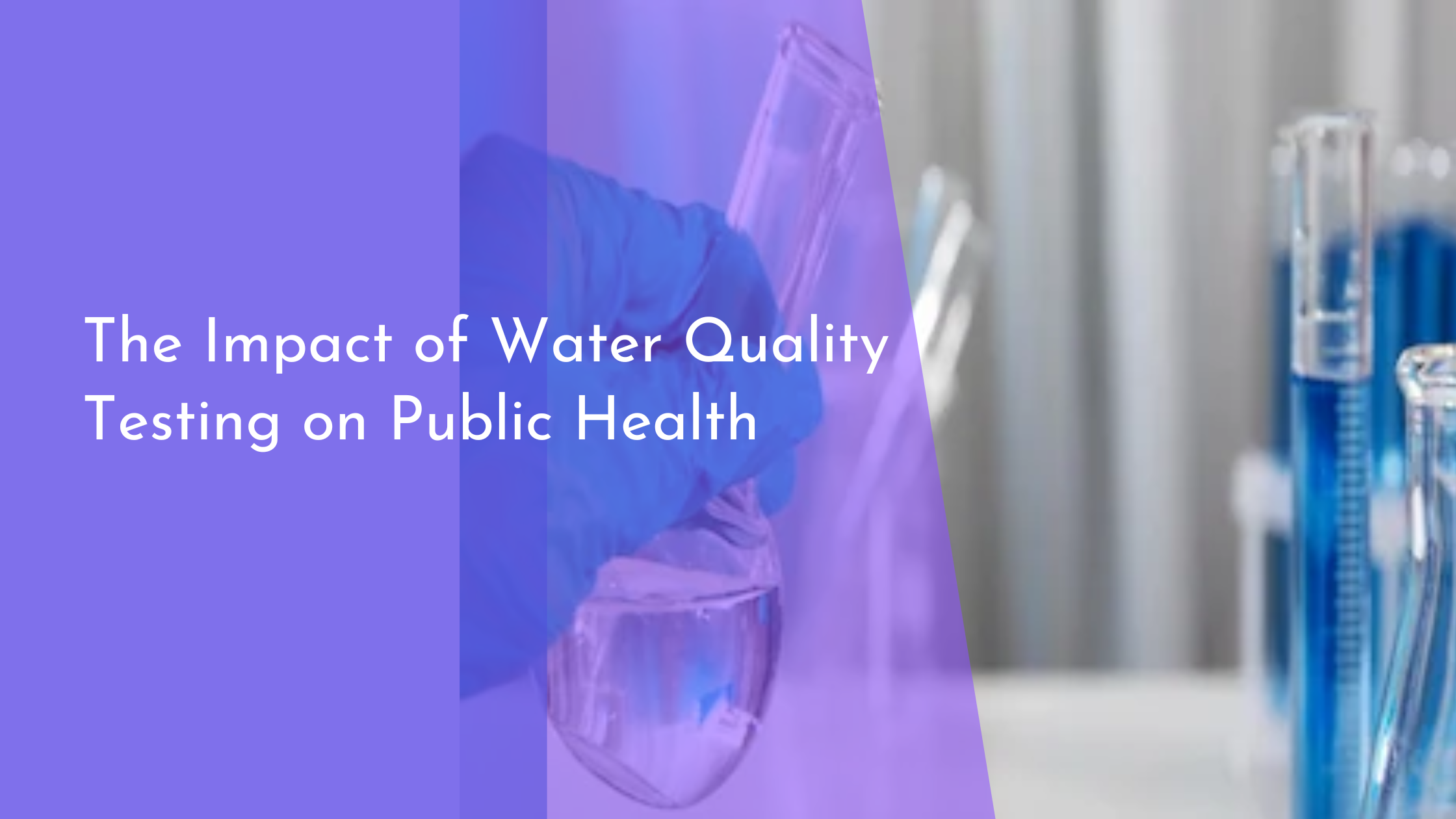The Impact of Water Quality Testing on Public Health
Water is a fundamental necessity for human life, and its quality directly impacts public health. Contaminated water can lead to a myriad of health problems, including gastrointestinal infections, neurological disorders, and even cancer. This makes water quality testing an essential public health endeavor. By identifying and addressing contaminants, we can ensure safe, clean water for all communities. This article explores the importance of water quality testing, the methods employed, success stories, and promising innovations in the field.
Understanding Water Quality: A Public Health Priority
Water quality refers to the chemical, physical, and biological characteristics of water that determine its suitability for various uses. It is a crucial component of public health because it can affect everything from individual well-being to the spread of diseases in communities. Contaminants like bacteria, heavy metals, and industrial chemicals can infiltrate water supplies, leading to serious health risks. Understanding water quality and taking appropriate measures to maintain it is thus a high priority for health organizations worldwide.
The World Health Organization (WHO) has long recognized the importance of clean water, developing guidelines to help monitor and improve water quality globally. Public awareness and education about the importance of water quality can significantly impact community health. When individuals are informed about the risks of contaminated water and the benefits of proper water testing, they are more likely to support initiatives that ensure safe water for everyone. Addressing water quality issues is not only a matter of local or national importance but a global effort towards healthier living conditions.
Key Methods in Water Quality Testing
Water quality testing involves a variety of methods to detect potential contaminants. Among the most common techniques are chemical testing, biological testing, and physical testing. Chemical testing examines water for the presence of pollutants like nitrates, phosphates, and heavy metals, ensuring they are within safe limits. Biological testing, on the other hand, involves identifying harmful microorganisms, such as bacteria and viruses, that can cause diseases. Physical tests assess the turbidity, color, and temperature of water, which can also indicate contamination.
Advancements in technology have enhanced water testing methods, making them more efficient and accessible. Portable water testing kits and automated sensors are now available, allowing for immediate on-site analysis. These innovations have made it easier for communities, especially those in remote areas, to regularly monitor their water sources. With these tools, water management entities can quickly identify contamination events and take prompt action, reducing the risk of public health crises.
Success Stories: How Testing Improves Health
Several success stories illustrate how water quality testing has improved public health across the globe. For instance, in rural Bangladesh, widespread arsenic contamination of groundwater posed a significant health risk. Through extensive water quality testing and community engagement, efforts were made to replace contaminated wells with safe alternatives, drastically reducing arsenic-related health issues in the region. This initiative not only protected the health of countless individuals but also showcased the effectiveness of targeted testing and intervention.
In the United States, the Clean Water Act has been instrumental in improving water quality through systematic testing and regulation. The act mandates regular testing and reporting of water quality data, leading to a significant decrease in pollutants entering water bodies. As a result, communities have seen improved public health outcomes, such as reduced cases of waterborne diseases and improved ecosystem health. These examples highlight the transformative power of water quality testing and its ability to foster healthier environments.
Future Prospects: Innovations in Water Testing
The future of water quality testing is bright, with emerging technologies poised to revolutionize the field. Innovations such as biosensors, which can detect contaminants at the molecular level, and nanotechnology, which can remove pollutants with remarkable efficiency, are on the horizon. These advancements promise to make water testing more precise, reliable, and cost-effective, opening up new possibilities for ensuring water safety across diverse landscapes.
Moreover, digital tools like data analytics and machine learning are being integrated into water management systems, providing real-time insights into water quality trends and potential risks. These technologies enable proactive measures, allowing for early detection of issues before they escalate into health emergencies. As these innovations continue to develop, they hold the promise of a future where clean, safe water is accessible to all, empowering communities to safeguard their health sustainably.
Water quality testing is undeniably vital for public health, serving as the first line of defense against numerous waterborne diseases and health risks. By embracing both traditional and innovative testing methods, we can effectively monitor and improve water quality, translating into healthier communities worldwide. As we look to the future, continued advancements in water testing technology and increased public awareness will be key in ensuring that safe, clean water remains a fundamental right for everyone, everywhere.


